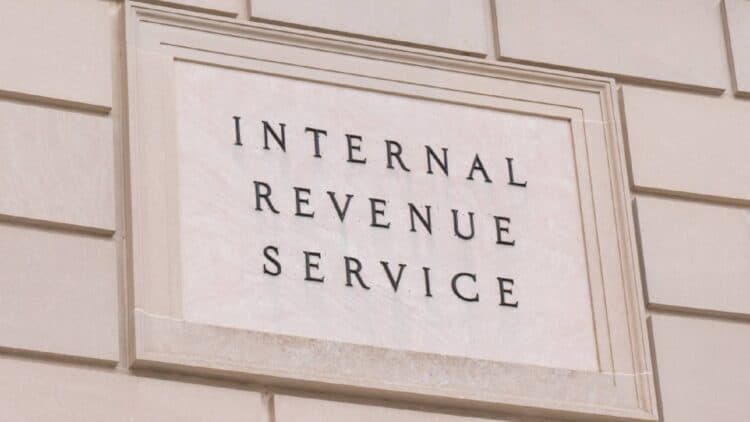Form 1099-NEC was reinstated for the 2020 tax year after a hiatus of nearly four decades. The form is now used to report nonemployee compensation (NEC) paid to independent contractors, freelancers, and other self-employed individuals.
Why Was Form 1099-NEC Reinstated?
The primary reason for the reinstatement was to simplify and streamline reporting requirements, specifically in response to changes introduced by the PATH Act (Protecting Americans from Tax Hikes Act of 2015):
- New Deadline for Nonemployee Compensation Reporting:
- The PATH Act accelerated the due date for reporting nonemployee compensation to the IRS from March 31 (electronic filing) to January 31, aligning it with the due date for providing the form to recipients.
- Other types of payments reported on Form 1099-MISC, such as rents or royalties, retained the later deadline, creating confusion for filers.
- Avoiding Errors and Misfiling:
- With the new deadline for nonemployee compensation but not for other income types, filers were often required to submit two separate Form 1099-MISC filings—one for NEC (by January 31) and one for other payments (by March 31).
- The IRS brought back Form 1099-NEC to clearly separate nonemployee compensation from other types of income, reducing errors and streamlining compliance.
What Changed with the Reinstatement?
- Form 1099-NEC:
- Specifically reports nonemployee compensation.
- Due to the IRS and recipients by January 31 (or the next business day if it falls on a weekend or holiday).
- Form 1099-MISC:
- Still used for other types of miscellaneous income (e.g., rents, royalties, prizes).
- Retains the later filing deadline for electronic submissions (March 31).
Impact of the Change
- Simplified the reporting process for businesses paying independent contractors.
- Reduced confusion about filing deadlines and the types of payments reported.
- Improved IRS tracking of nonemployee income, helping to prevent underreporting by independent contractors.
Reinstating Form 1099-NEC clarified and standardized the reporting process, benefiting both businesses and the IRS.

